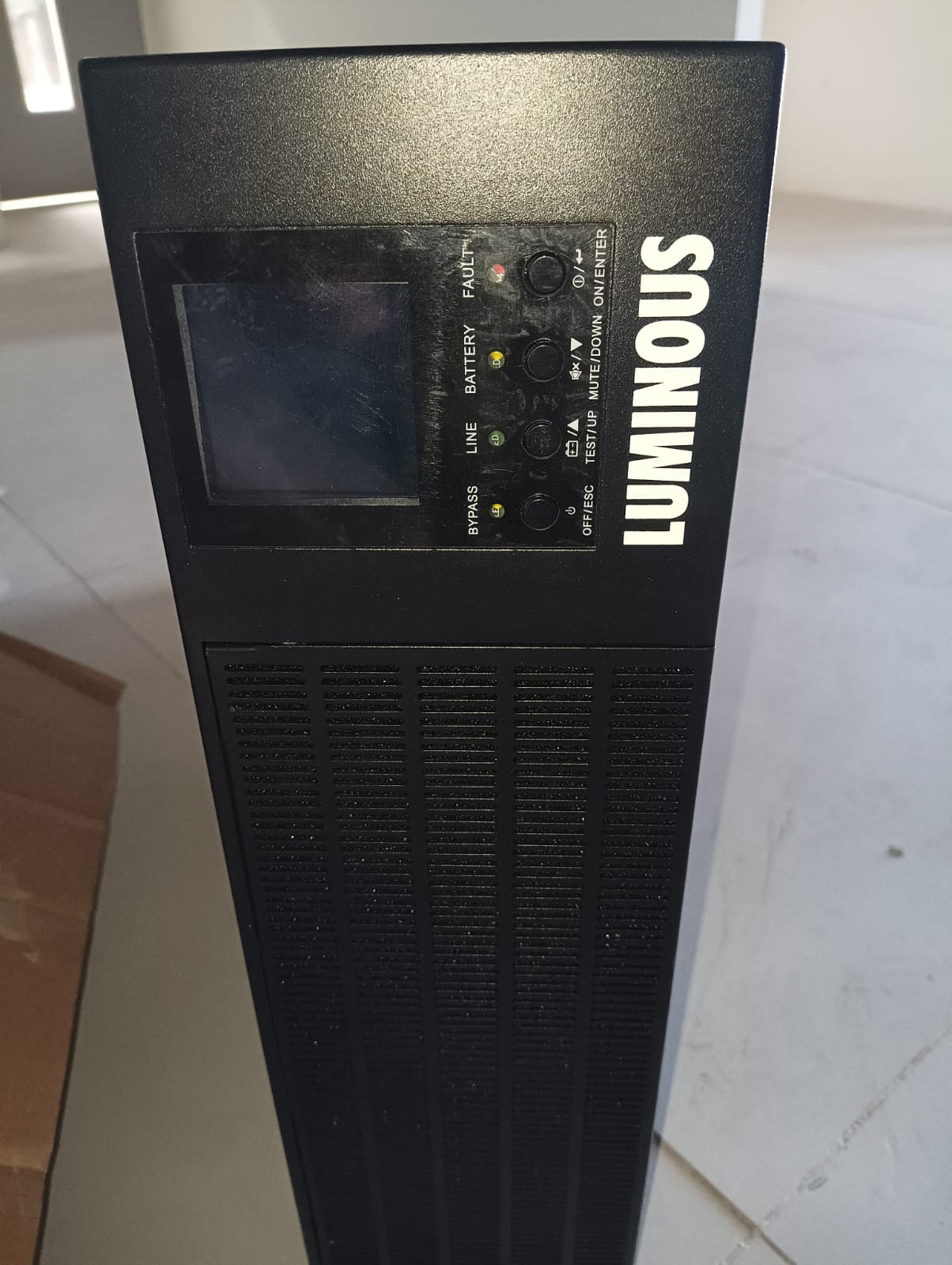Using Amaron batteries with Vertiv UPS (Uninterruptible Power Supply) systems can provide a reliable backup power solution for various applications. Here’s a comprehensive overview: Vertiv UPS Overview Purpose: Designed to ensure continuous power supply during outages, protect against power surges, and stabilize voltage fluctuations. Types: Includes models for home use, data centers, industrial applications, and more. Key Features: High Efficiency: Advanced technologies for reduced energy consumption. Modular Design: Some models allow for scalable capacity as needed. User-Friendly Interface: LCD displays show battery status, load information, and alerts. Amaron Batteries Overview Type: Generally lead-acid batteries (deep-cycle) or, in some cases, lithium-ion. Voltage Options: Commonly available in 12V, suitable for most Vertiv UPS systems. Capacity: Ranges from 46Ah to over 200Ah, depending on your backup needs. Compatibility Voltage Matching: Ensure the Amaron battery voltage (e.g., 12V) matches the UPS requirements. Capacity Selection: Choose a battery capacity that meets the total load and desired backup duration. Calculate based on the wattage of connected devices. Installation Connecting the Battery: Connect the positive (+) terminal of the Amaron battery to the UPS positive terminal. Connect the negative (-) terminal to the UPS negative terminal. Ensure Secure Connections: Make sure all connections are tight to avoid arcing or power loss. Performance Benefits Extended Runtime: Higher capacity Amaron batteries can provide longer backup durations during outages. Deep Cycle Capability: Designed to handle regular deep discharges, making them ideal for UPS applications. Low Maintenance: Many Amaron batteries require minimal maintenance, offering convenience for users. Maintenance Regular Inspections: Periodically check for corrosion on terminals and ensure all connections are secure. Battery Monitoring: Use a multimeter or UPS diagnostics to check battery health and voltage levels. Signs of Replacement: Be aware of performance degradation, such as reduced backup time or inability to hold charge. Safety Precautions Adequate Ventilation: Ensure good airflow around the UPS and battery to prevent gas accumulation, especially with lead-acid batteries. Proper Charging Practices: Follow guidelines to prevent overcharging, which can damage the battery. Conclusion Pairing Amaron batteries with Vertiv UPS systems can create a robust and reliable backup power solution. This combination helps ensure your devices remain operational during power outages and protects against voltage irregularities. Always consult the user manuals for both the UPS and batteries to ensure proper installation and compatibility, maximizing the performance of your power backup system.
Send Message







